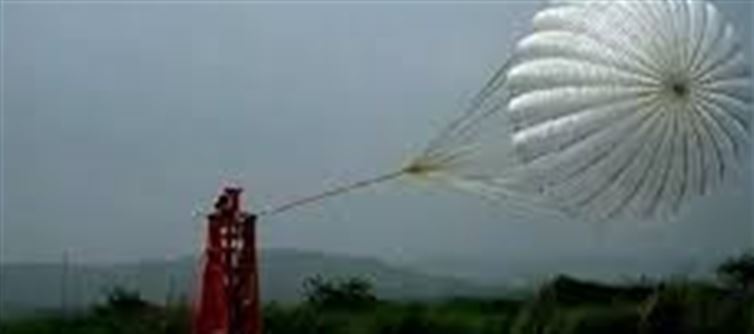
The indian space research organisation (ISRO) has successfully completed its first Integrated air Drop Test (IADT-01) for the parachute-based deceleration system designed for the Gaganyaan mission, a crucial milestone in India's inaugural human spaceflight initiative. This test is essential for validating the safety protocols that will guarantee the secure return of astronauts to Earth.
Executed in collaboration with the indian air Force, Defence Research and Development Organisation (DRDO), indian Navy, and indian Coast Guard, the test underscores the cooperative efforts central to the Gaganyaan programme. The parachute system is vital for the controlled recovery of the crew module following atmospheric re-entry.
During the IADT-01, a mock module was released from an aircraft and descended safely using the newly developed parachute assembly, demonstrating its effectiveness. isro officials stated that the test aimed to assess the complete functionality of the parachute deployment sequence, which involves extraction, activation of the drogue chute, and the deployment of the main parachute, ensuring smooth deceleration before landing.
As isro prepares for the Gaganyaan mission, set for launch in december 2025, this successful trial enhances confidence in astronaut safety, a primary concern of the programme. The subsequent manned mission, scheduled for 2028, will position india as the fourth nation to achieve independent crewed spaceflight capability, aiming to carry a three-member crew to an orbit of approximately 400 km for up to three days.
Future tests will focus on further validating parachute systems, conducting pad abort trials, and rehearsing recovery operations at sea, ensuring operational readiness. With the december deadline approaching, isro and its partners are finalizing preparations to ensure that India's first human spaceflight mission exemplifies technological excellence and safety standards.
Disclaimer: This content has been sourced and edited from Indiaherald. While we have made adjustments for clarity and presentation, the unique content material belongs to its respective authors and internet site. We do not claim possession of the content material..jpg)




 click and follow Indiaherald WhatsApp channel
click and follow Indiaherald WhatsApp channel